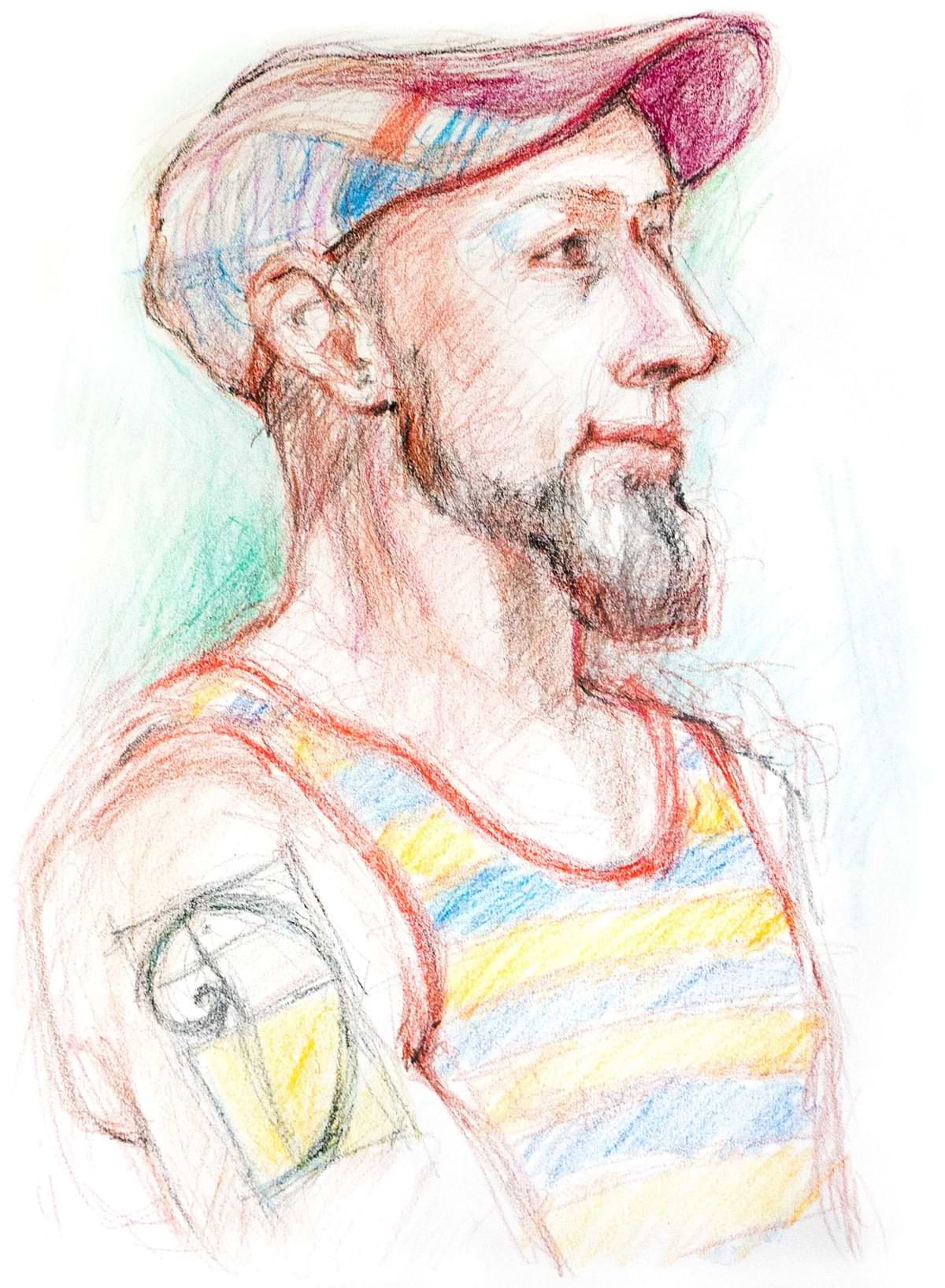The Gestalt isn’t everything
Dec 19 2022
Read an interesting review of Jonah Lehrer’s book Proust was a Neuroscientist by Greta Munger of the blog Cognitive Daily (which in my opinion is one of the best ScienceBlogs.com blogs).
In her review, Greta mentions that in her classes “[students] have to write a few paragraphs to earn ‘culture points.’ They must consider how psychology connects to art…” In response her assignment, some of her students offer unique perspectives; however, most students tend not to get far beyond the visual aspects of the work: “I get a lot of discussion of the Gestalt grouping principles with paintings.”
As I’ve been going back to school for psychology myself, this intersection between psychology and art is fascinating for me. There are some interesting books, papers, and discussions out there on the topic, but often I find that psychologists often fall into the same trap as Greta Munger’s students do. Ramachandran may have some fascinating things to say about the Cognitive Science of Art but he too fails to get past the surface visual nature of the art.
This sorta thing happens a lot with people lacking knowledge of the arts. I’m speaking mostly of those whose only experience of art is the art history museum where contemporary art means having a couple pop art paintings. If they were introduced to a wider expanse of art — especially some of the rich history of performance art — they would realize that symbols, language, meaning, ritual, emotions, relationships, human nature, communication, sociology, politics, and fun are all part of the artistic palette.
I find the easiest way to break people out of their tired purely formalist perspective is to tell them to approach art like a it’s a form of communication. Often the artist is attempting to communicate something to the viewer; sometimes they are selective with the type of viewer and sometimes they are just talking to themselves (as most of the abstract expressionists were in my opinion). Alternately, they may not be communicating themselves but rather creating a space or moment to engender communication or connection between members of the audience.
The palette that the artist uses — color, shape, size, movement, position, symbols, emotion, words, beauty, shock, humor — are all tools for creating a communication that falls outside of what we typically recognize as language. All of which is ripe for discovery and criticism from a psychological perspective and it is in these intersections where my fascination dilates my pupils.
